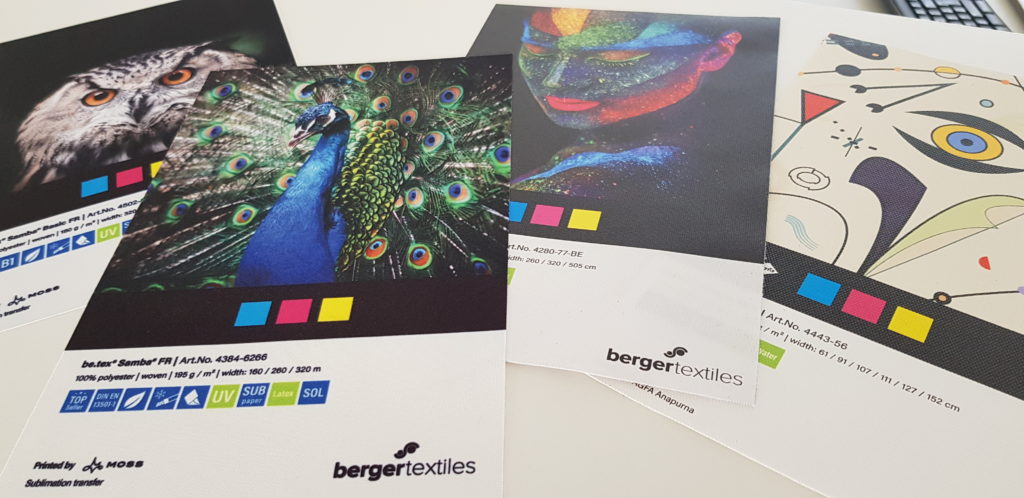Our stage molton is a heavy fabric with a weight of 300g/m² and is therefore very dense. The stage molton is opaque and the matte, roughened surface and its heavy weight absorb sound and light. These characteristics are a huge advantage for the event technology, as our quality product can be used in many ways. Stage curtains are sewn from stage moltons, but the fabric can also be used for curtains for darkening or as an acoustic curtain. The fabric is suitable for coverings (e.g., stage and pedestal coverings) of all types.
Stage molton absorbs light and sound and reduces the reverb
Stage molton dampens the noise in the theater and studio and has a positive effect on the acoustics of music performances. Stage molton absorbs the light. Ideal conditions for effective stage lighting. Spectators are not blinded by reflective spots unnecessarily. The roughened surface, which also gives it its fluffy soft feel, maximizes the absorption surface of the fabric, so that, in contrast to other B1 fabrics, stage moltons can absorb more light and sound. As a stage backdrop and theater curtain, the fabric also provides sufficient visual density to reliably screen backstage areas from unintended insights. Stage molton is also used as a cold protection curtain or for protection against drafts or for curtains in entrance areas, e.g. made for the gastronomy.
Stage molton in special colors: bluebox and greenscreen
For recordings in the chromakey process (image cut-out), molton is used as a professional film and photo background. Compared to other materials, stage molton is not glossy, the matte surface does not reflect lightning and flashlight. Usually, molton is purchased as a white or black photo background. Deep black allows special effects, a white fabric background is particularly suitable for product photography. For photo, video and TV productions, we sell stage molton greenscreen.
Live on stage with stage molton, cotton canvas & co.
Stage molton is one of the most important stage fabrics in theaters and on stage. More fabrics that are often used on stage and events are cotton canvas and transparent cotton muslin. At sporting events, festivals and other cultural events is a printed bunting often used.









